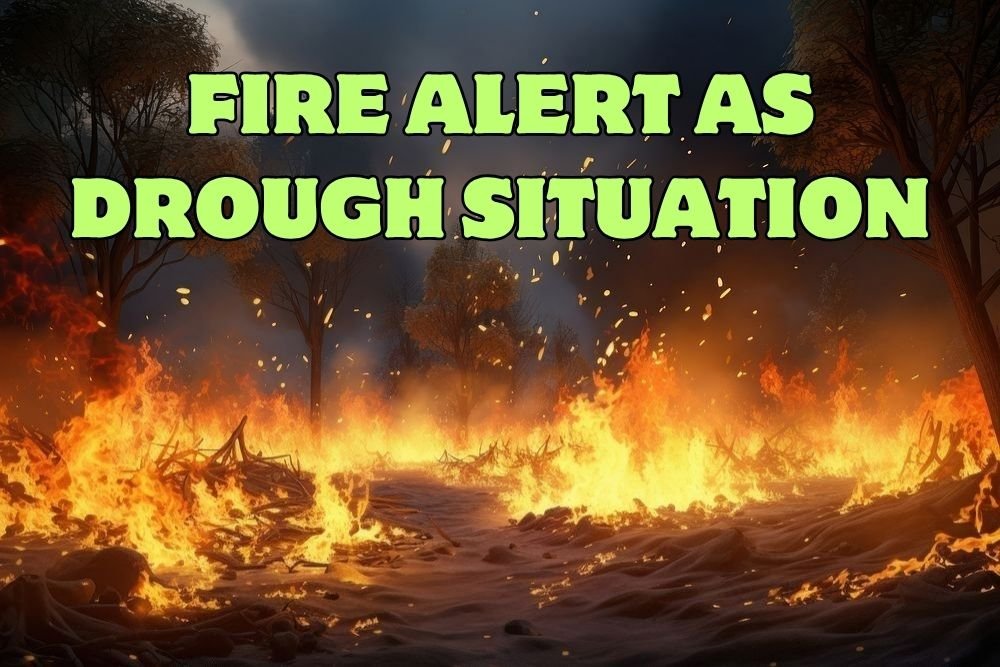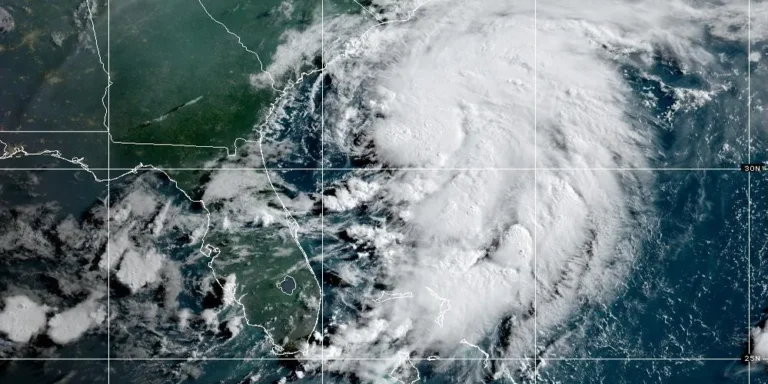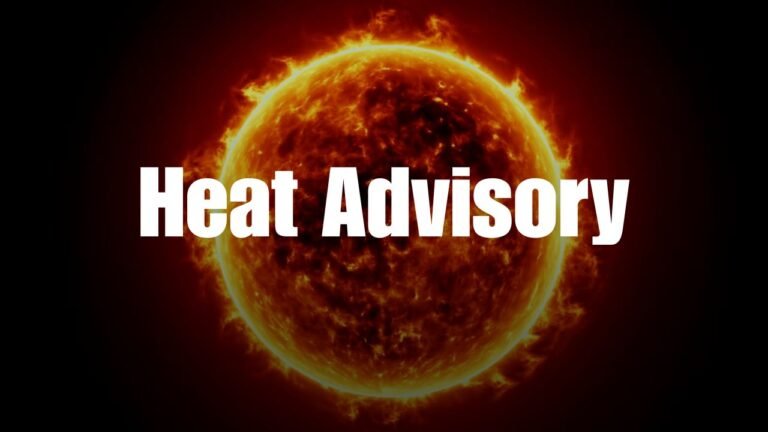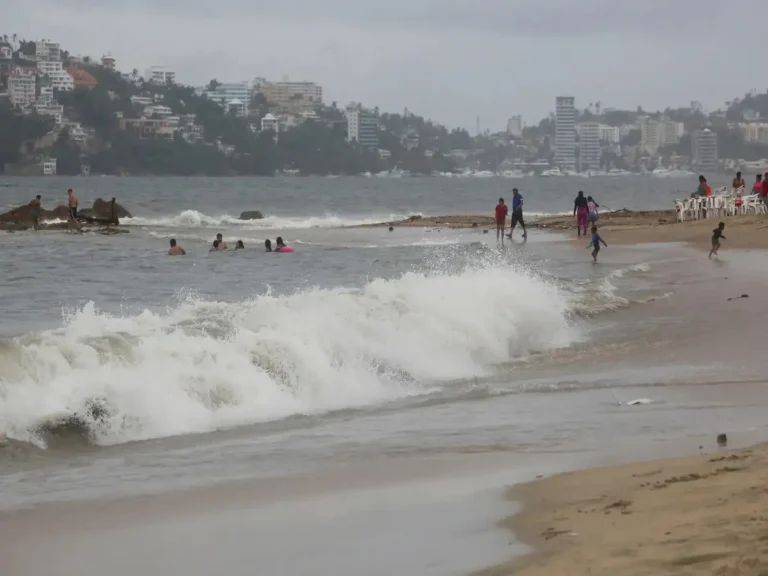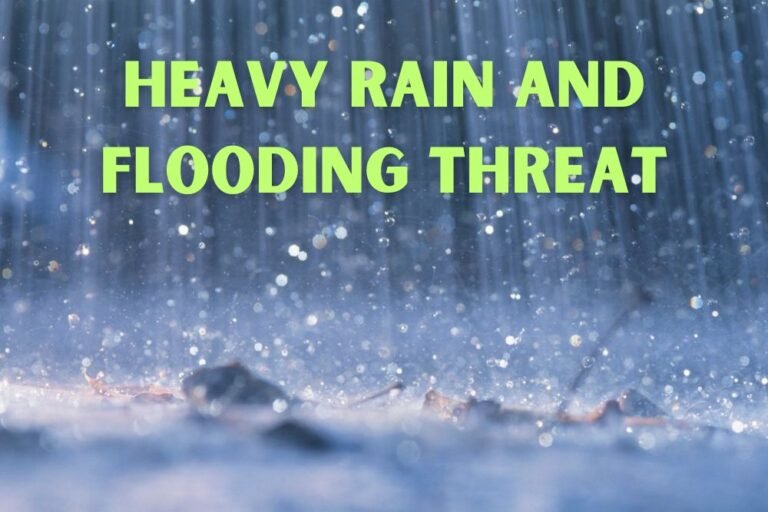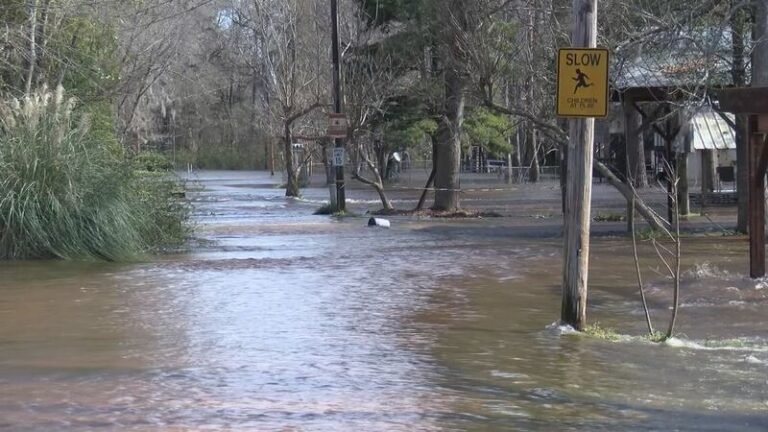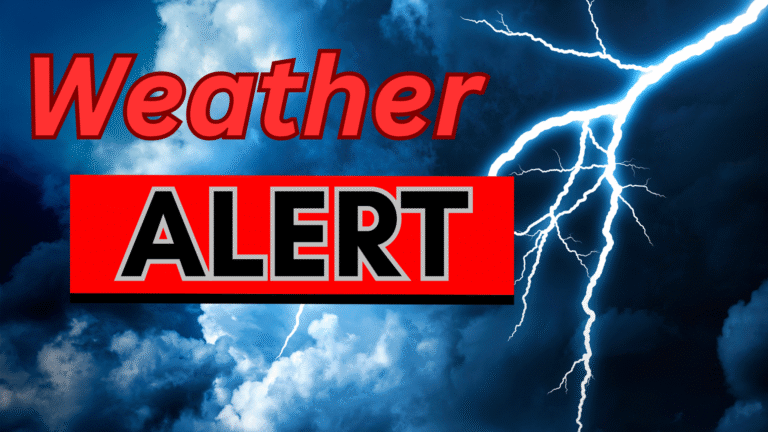‘Flash Drought’ Worsens in Metro Atlanta, Raising Concerns for Water Supply and Fire Risk
ATLANTA, Ga. — Metro Atlanta is now under a “severe” flash drought as rainfall totals plummet to just 4% of normal levels for the fall season, raising new concerns about water restrictions, reservoir levels, and wildfire risks across Georgia.
Rainfall Deficit Deepens Across Metro Counties
According to the U.S. Drought Monitor, a Level D2 “Severe Drought” now covers much of Fulton, DeKalb, Clayton, Henry, and Coweta counties, marking a sharp escalation from last week’s “moderate” drought classification.
At Hartsfield-Jackson International Airport, only 0.21 inches of rain have fallen since September 1, compared to the seasonal average of 4.75 inches.
“This is a rapid-onset or ‘flash’ drought that developed within just two months,” meteorologists said. “Other parts of metro Atlanta saw slightly more rainfall in late September, but the southern half of the region has remained bone dry.”
Officials Monitoring Reservoir Levels
Danny Johnson, Managing Director of Natural Resources for the Atlanta Regional Commission, said the city’s water supply remains stable for now, but officials are keeping a close watch. “We want to make sure we’re tracking our lake levels, because our lakes are the reservoir that stores that water in times of drought,” Johnson explained.
While Pike County has already enacted outdoor watering limits to two days per week, statewide restrictions are not yet in effect. The Georgia Environmental Protection Division (EPD) is expected to reevaluate conditions later this month.
Fire and Foliage at Risk
The drought is also threatening Georgia’s forests and fall foliage season.
Casey Tudor, a forester with the Georgia Forestry Commission, warned that dry conditions could cause trees to drop leaves early and increase wildfire danger, especially in areas still littered with fallen debris from Hurricane Helene last year.
“If a wildfire breaks out right now, especially in those heavily affected regions, we can expect a lot more intense fire activity,” Tudor said. “There’s simply more dead and down debris — more fuel on the forest floor.”
He urged residents burning yard waste to take precautions:
- Maintain at least 25 feet between burn piles and woods.
- Keep 50 feet of distance from homes or structures.
- Burn only between sunrise and sunset, staying present with tools ready to extinguish the fire.
Long-Term Outlook: La Niña Could Extend Drought
The Climate Prediction Center has issued a La Niña advisory, signaling warmer and drier conditions across Georgia through winter. Historically, La Niña patterns bring below-average rainfall and above-average temperatures across the Southeast.
Johnson noted that Atlanta has weathered similar dry periods before. “In 2007 to 2009, Lake Lanier fell nearly 20 feet, and watering restrictions lasted over a year,” he said. “The key is conservation — year-round, not just during emergencies.”
The Saluda Standard-Sentinel encourages readers to share local drought updates and water conservation efforts from their communities across Georgia at SaludaStandard-Sentinel.com.

